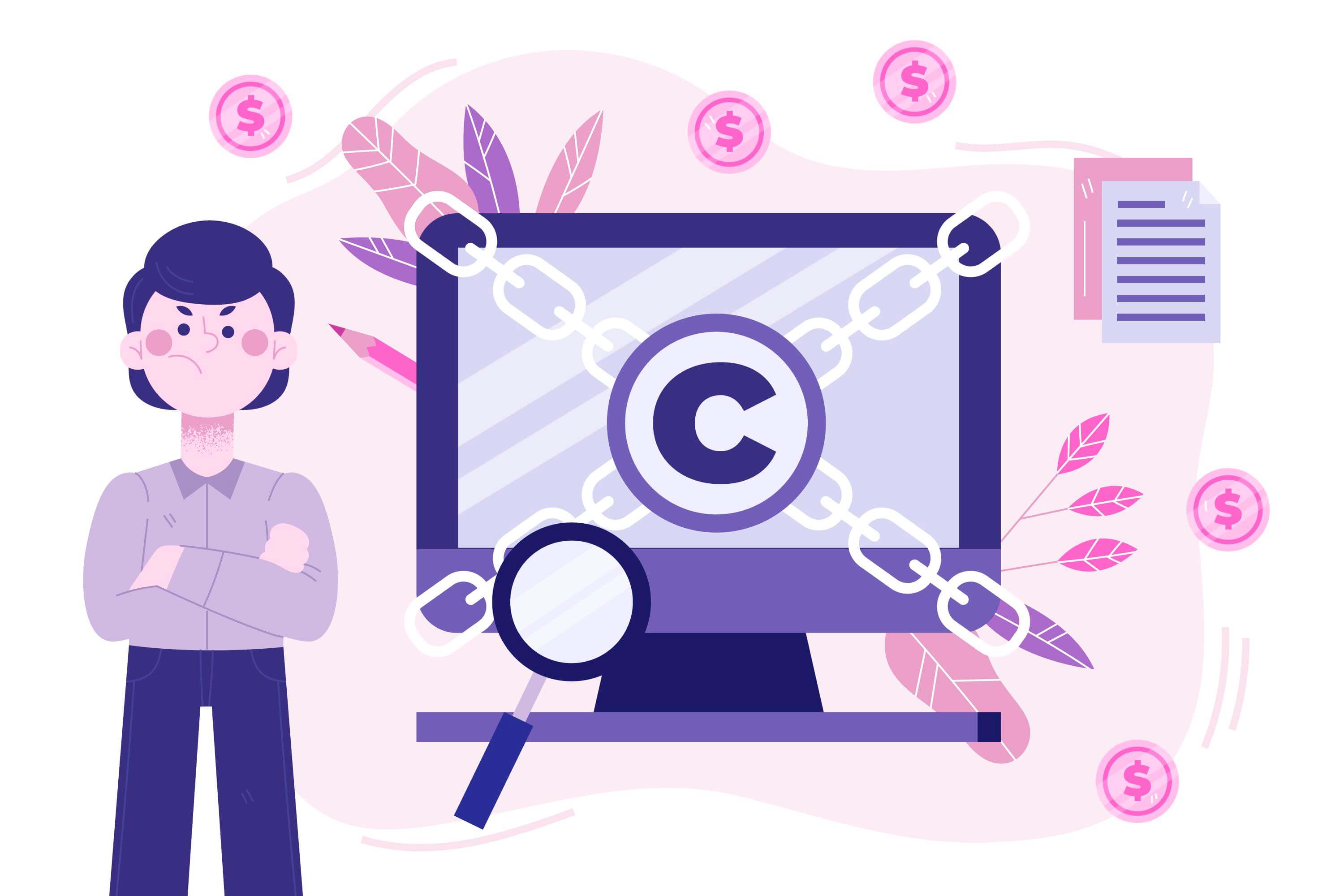Are websites automatically copyrighted?

In the digital age, where websites serve as the primary medium for disseminating information, a common question arises: Are websites automatically copyrighted? This query delves into the realm of intellectual property law, exploring the nuances of automatic copyright protection for online content. In this comprehensive discussion, we'll unravel the legal intricacies and shed light on how websites are safeguarded under copyright law. If you're unsure about the copyright status of your website, consulting with a knowledgeable web development company can provide valuable insights and guidance.
Copyright is a legal concept that grants the creators of original works exclusive rights to their creations. These rights include the right to reproduce, distribute, display, and perform the work. Importantly, copyright protection is automatic upon the creation of an original work in a tangible form. This means that the creator does not need to register the work or affix a copyright notice for the content to be protected.
Websites, comprising text, images, videos, code, and other multimedia elements, are intricate compilations of original works. From the meticulously crafted written content to the aesthetically designed graphics and the underlying code, websites represent a confluence of creativity and functionality. Each of these components is eligible for individual copyright protection.
Automatic Copyright Protection
The fundamental principle of automatic copyright protection applies to websites as it does to any other form of creative work. Once a website is created and its content is fixed in a tangible form, copyright protection comes into effect. This means that, without any further action on the part of the website creator, the content is legally protected against unauthorized use.
Components of Website Copyright
- Textual Content:
- Visual Elements:
- Multimedia Content:
- Website Code:
The written content on a website, including articles, blog posts, and other textual elements, enjoys automatic copyright protection. This protection extends to the arrangement and expression of ideas, not just the ideas themselves.
Images, graphics, logos, and other visual elements incorporated into a website are considered creative works and are, therefore, automatically copyrighted.
Videos, audio recordings, and interactive multimedia elements also fall under the umbrella of automatic copyright protection. The unique expression of ideas in these formats is safeguarded.
The underlying code that powers a website, whether HTML, CSS, JavaScript, or other programming languages, is subject to copyright protection. This includes both the front-end and back-end code.
User-Generated Content:
While the content created by the website owner is automatically protected, user-generated content, such as comments or contributions, may introduce complexities. Many websites include terms of service or user agreements that outline the ownership and usage rights of user-generated content. In the absence of such agreements, users may retain copyright in their contributions.
Importance of Registration:
While automatic copyright protection exists, registering a website or its components with the relevant copyright office provides additional benefits. Registration establishes a public record of the copyright claim and is a prerequisite for filing a lawsuit for copyright infringement. It also allows for the potential recovery of statutory damages and attorney's fees in legal proceedings.
Fair Use Considerations:
The concept of fair use allows for the use of copyrighted material without permission for purposes such as criticism, commentary, news reporting, teaching, scholarship, and research. However, determining what constitutes fair use can be subjective and depends on factors such as the purpose of use, the nature of the copyrighted work, the amount used, and the effect on the market value.
Safeguarding Against Infringement:
To deter unauthorized use and clarify the rights of the copyright owner, displaying a copyright notice on the website is a common practice. This notice typically includes the copyright symbol, the year of first publication, and the name of the copyright owner. While not a legal requirement, it serves as a reminder that the content is protected.
Websites are indeed automatically copyrighted upon their creation. The diverse elements that constitute a website, from written content to visual elements and underlying code, are all subject to copyright protection. Website owners should be cognizant of their rights and consider the advantages of formal registration.
